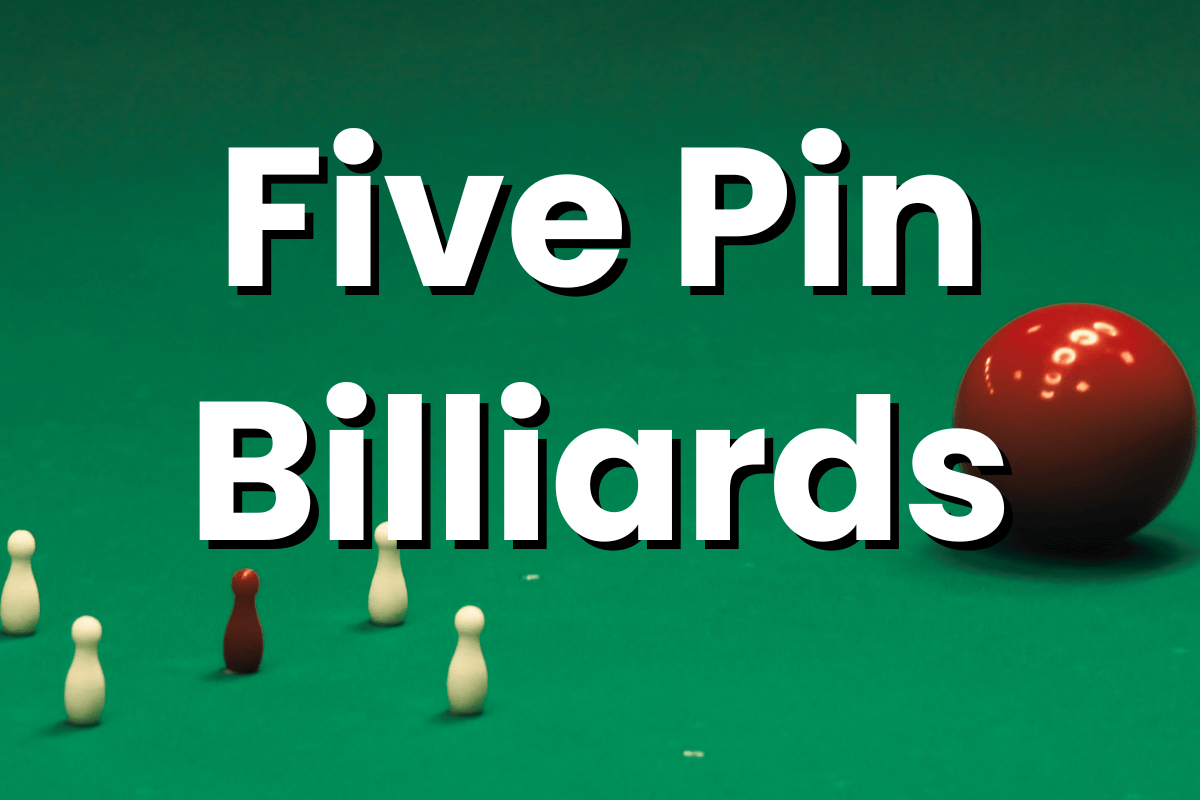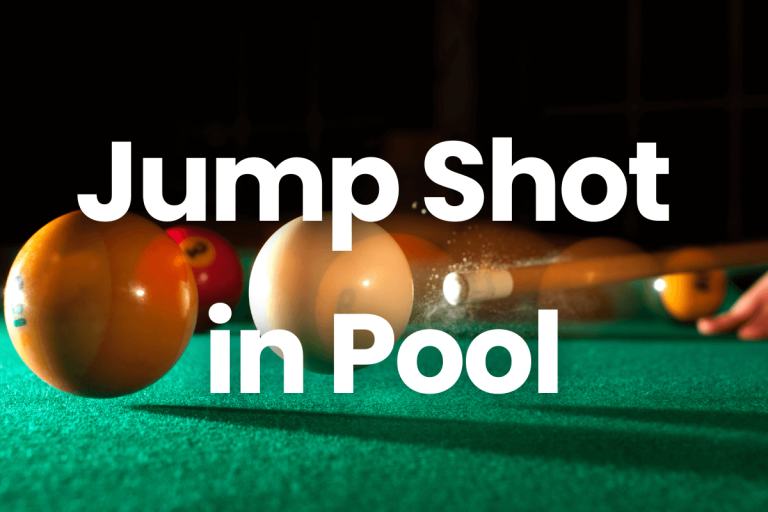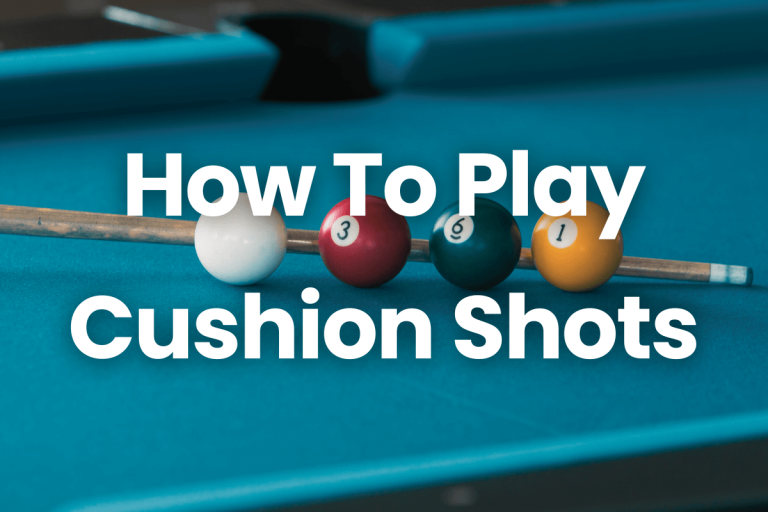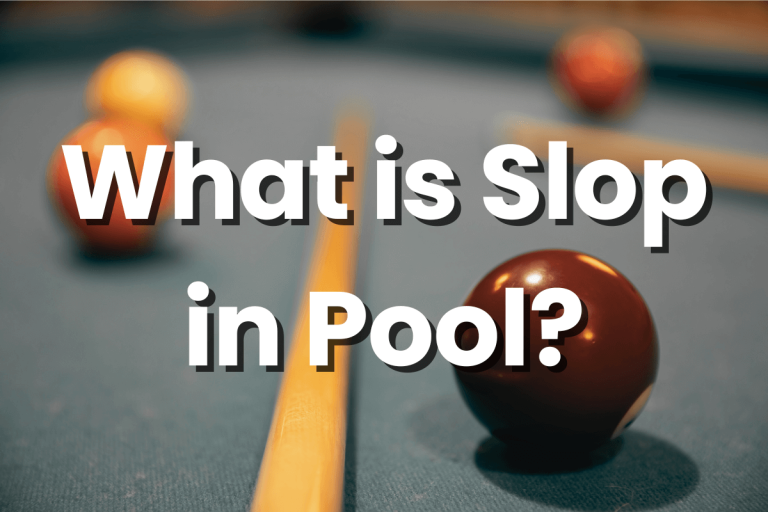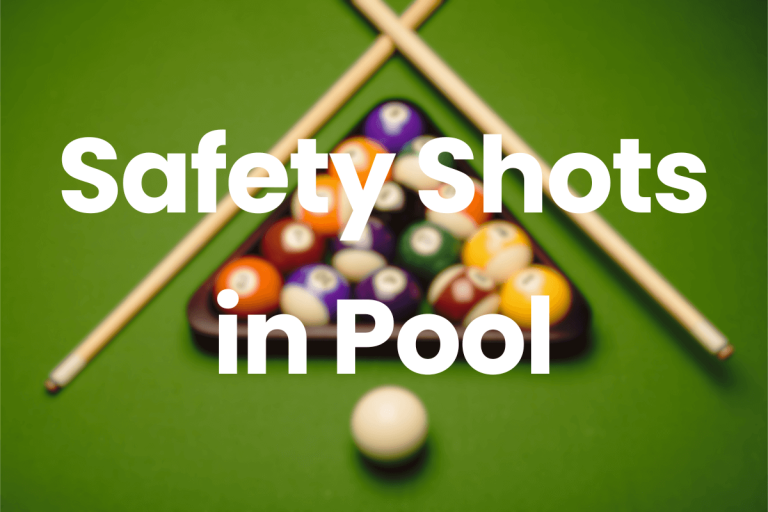Master Five Pin Billiards: Rules, Tips, Strategy, and Key Shots (2024)
Five pin billiards, also known as Italian billiards or simply Italiana, is a competitive cue sport with roots tracing back to 17th-century Italy. It is played on a standard pocketless carom billiards table using three balls (two cue balls and one object ball) and a set of five bowling pin-shaped targets called skittles or pins.
The most notable feature of the five pins is the arrangement of the five pins in a “+” pattern at the center of the table – four white pins around one red pin. Players score points by striking their cue ball into their opponent’s cue ball to carom off the pins and object ball. Precise shots and an acute understanding of angles are essential for success.
Originally a pocket game similar to pool, five pins evolved into a carom game without pockets by the late 20th century, adopting rules standardized by national federations. While recreational five pins are still enjoyed, the competitive form of the game thrives today in devoted billiards halls across Italy where the game was birthed. Enthusiasm spread internationally throughout Europe, Latin America, and Argentina where professional tournaments are held regularly. Five pin billiards demand advanced techniques beyond most cue sports, integrating aspects of caroms, banks, kicks, and pins shots. For devotees around the world, five pins offers a rich test of skill and strategy with centuries of heritage.
Equipment and Setup For Five Pin Billiards
Here is an expanded section on the equipment and setup for five pin billiards:
The Playing Surface
Five pin billiards is played on a standard 5 x 10 foot carom billiards table. Unlike a pool table, a carom table has no pockets. The slate bed of a competition table is heated to about 5 degrees C above room temperature to allow the balls to roll and rebound smoothly.
The Billiard Balls
Three billiard balls are used in regulation play:
- A plain white cue ball for the starting player
- A spotted white or yellow cue ball (historically white with a spot) for the opponent
- A solid red object ball
The balls are 61.5 mm in diameter and weigh between 205-220 grams.
The Pins
The namesake five pins resemble miniature bowling pins. There are:
- Four white Skittles pins
- One red skittle pin
The red pin sits in the exact center of the table. The four white pins surround it in a diamond pattern. Two whites align along the center string and two sit along the center of the long rails.
Starting Positions
The starting locations of the balls and pins are marked on the table:
- The red object ball on the foot spot
- The opponent’s cue ball on the foot rail, 10 cm from the foot rail
- The pins in the precisely placed “castle” formation
- The starting player’s cue ball can be placed anywhere behind the headstring
Rules of Five Pin Billiards
Here are the rules of five pin billiards:
Objective
The goal is to score points by being the first player or team to reach an agreed-upon point total, usually 50 or 60 points.
Legal Shots
To score, the shooter must strike his/her assigned cue ball into the opponent’s cue ball, causing the opponent’s cue ball to carom into the pins or object ball. The shooter’s cue ball must contact the opponent’s cue ball before anything else.
Scoring
Knocking down pins by the legal shots above scores points:
- Each white pin: 2 points
- Red pin alone: 10 points
- Red pin with whites: 4 points
The object ball also scores points if struck by the correct cue ball:
- Opponent’s cue ball: 3 points (casin)
- Shooter’s cue ball: 4 points (carambola)
Fouls
Illegal shots that violate rules lead to fouls. Common fouls:
- Hitting pins with the shooter’s cue ball first: 2 points to the opponent
- Hitting object ball with the shooter’s cue ball first: 2 points to the opponent
- Knocking any ball off the table: 2 points to the opponent
- Jumping cue ball over other balls: 2 points to the opponent
The opponent also gets ball-in-hand on fouls. Other standard billiards fouls apply.
Strategy For Five Pin Billiards
Cue Ball Control
Controlling the cue ball is vital in five pins. The shooter must master striking the cue ball accurately and with the desired speed, spin, and angle. This allows proper positioning of the balls for the next shot.
Safety Play
Defensive safety shots are important. The shooter can play a safety by leaving the cue ball in a position that makes it hard for the opponent to perform their next shot. This is key to controlling the table.
Bank, Kick, and Massé Shots
The pin formation often blocks access to balls, requiring advanced shot techniques:
- Banks – Hitting a rail before reaching the target
- Kicks – Thin cut shots that narrowly avoid blocks
- Massés – Extreme curve from an elevated cue
Understanding Carom Angles
Knowing the angles that send the cue ball into the pins or object ball is essential for combining shots and scoring points.
Cue Ball Spin
Applying draw, follow, or English spin to the cue ball allows further control over position and reaction angles. Mastering spin is important.
Five pin strategy integrates aspects of both offensive shotmaking and defensive safety play. Controlling the cue ball while maneuvering around pins separates top players from amateurs.
Conclusion
Five Pin Billiards stands out as a unique and strategic cue sport, blending precision, skill, and thoughtful planning. Setting up the game correctly—by arranging the balls and pins, understanding the racking rules, and mastering the order of play, including the break shot—lays the foundation for a competitive and enjoyable match. This game not only challenges players to think critically about their shots and strategies but also offers a delightful variation from traditional billiards and pool games. Embracing the rules and strategies of Five Pin Billiards can enrich one’s cue sports experience, offering both recreational and competitive players a fascinating avenue to develop their skills and strategic thinking.
FAQs
What is Five Pin Billiards?
Five Pin Billiards is a cue sport variant played on a billiard table without pockets, featuring a setup of five pins arranged in an X pattern at the center of the table. Players score points by striking balls with the cue ball to knock over pins.
How do you score points in Five Pin Billiards?
Points are scored by knocking over pins with the balls after hitting them with the cue ball. Each pin has a point value, with the red pin often valued higher than the white pins. The scoring system can vary, so it’s essential to clarify the rules before starting a game.
What equipment is needed for Five Pin Billiards?
You’ll need a standard billiards table (without pockets), a set of billiard balls (including a cue ball), five pins (one red and four white), and billiards cues. No rack is used for setting up the balls, but pins are arranged manually.
Are there fouls in Five Pin Billiards?
Yes, fouls occur for various infractions, such as knocking over pins during the break shot or failing to hit any ball with the cue ball. Specific foul penalties depend on the agreed-upon rules before the game.
Can Five Pin Billiards be played on any billiard table?
While Five Pin Billiards can technically be played on any billiard table, it’s traditionally played on a table without pockets to avoid interference with the pins and balls.
What strategies are common in Five Pin Billiards?
Successful strategies include controlling the cue ball to avoid unnecessary pin knockdowns, aiming for specific pins to maximize points, and defensive play to limit the opponent’s scoring opportunities. Mastering cue ball control and shot planning is crucial for winning.

